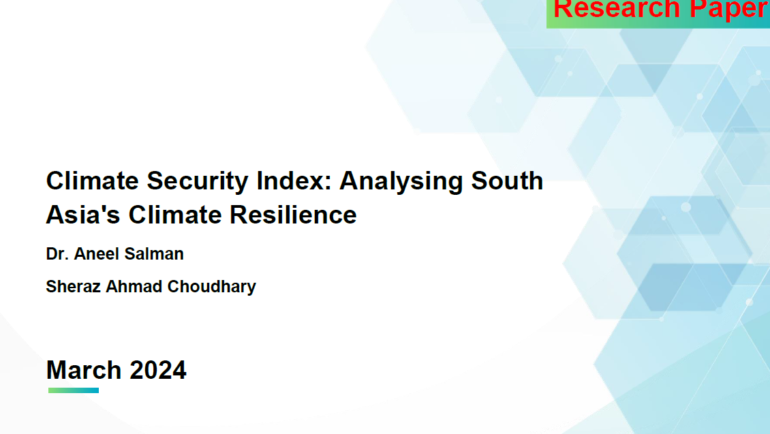The Belt and Road Initiative (BRI) is a Chinese led investment plan wherein the focus
is to connect to world regions through economic cooperation. So far, 151 countries
from Asia, Europe, Africa and Middle East have joined BRI. The two-way trade
investment between China and other countries in BRI stands at US$ 380 billion.
China’s economic expansion to world regions has addressed the challenge of
industrial overcapacity at home. BRI has provided China with a diversified foreign
policy outlook wherein new economic partnerships are being established and alternate
energy routes secured. Seeing the impact of BRI globally, the energy and
infrastructure projects in BRI member countries have resulted in improved socio-
economic indicators. The construction of Mombasa-Nairobi Standard Gauge Railway
in Kenya and the building of Port of Bagamoyo in Tanzania are the developments that
speak of the socio-economic uplift of African people. CPEC, the flagship project of BRI
has seen investment of US$ 26 billion out of proposed US$ 62 billion in energy and
transportation sectors. Thus, China’s led BRI has attracted the developing world
towards collective economic growth. BRI’s advancement to world regions’ is a
testament towards smooth progress. While, there also exists opposition to BRI. The
opposition is primarily linked to China’s global ascendancy. In order to impede China’s
outreach to other regions’, a number of tactics are being employed. Counter strategies
in form of terrorism and propaganda are in vogue. CPEC is a victim of regional
confrontational politics. India through subversion is trying to sabotage the corridor.
The narrative that CPEC is China’s predatory lending to Pakistan for possible
geostrategic objectives is part of the propaganda. To balance out the competitive
tendencies, the BRI countries will have to step-up efforts towards political stability and
economic growth. Regional platforms like the Shanghai Cooperation Organisation
(SCO) will be useful in promoting the Central Asia-Afghanistan-South Asia
connectivity. China’s Strategic Cooperation Pact (worth US$ 400 billion) with Iran is a
significant move. The strategic pact will enhance the China-Iran economic ties, and
this might lessen the Gwadar-Chabahar competition.
Skip to content
Skip to footer


